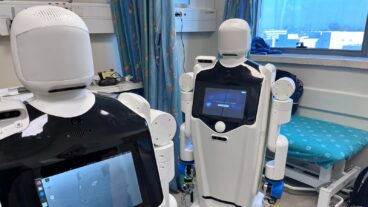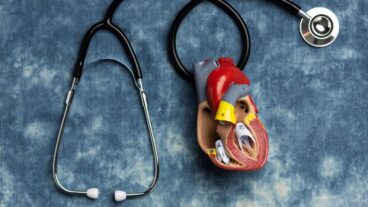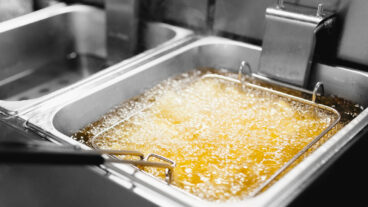The Technion team used a fatty acid to activate the peptide so it acts specifically against Pseudonomas bacteria, which usually causes lung infections.Two recent Israeli studies are shedding new light on fighting bacteria using antibiotics. In the first, researchers at the Technion-Israel Institute of Technology have discovered a new way to create effective substitutes for antibiotics based on a combination of amino acids and fatty acids. Bacteria are not able to develop resistance to these substitutes, so this is their great advantage, as commonly used antibiotics are increasingly losing their effectiveness.
Prof. Amram Mor and students in his Haifa research team – Keren Marinka and Shahar Rotem of the biotechnology and food engineering faculty – found a way to preserve peptides in the body, The Jerusalem Post reported.
Peptides are tiny proteins found in all organisms that constitute part of the immune system. They last only a short time, even minutes, but the Technion researchers found a way to stabilize and preserve them in the body for hours by creating a unique structure. Their study was published recently in the journal Chemistry and Biology.
“We found a way to shorten the natural molecule and thus reduce the cost of its production, while at the same time making it more efficient so it can successfully fight bacteria and other pathogens,” said Mor. “We added fatty acid to the short molecule, and its activity improved even more. We are also able to decide which bacterium to attack with our peptides.”
The researchers show in the article how they use a fatty acid to activate the peptide so it acts specifically against Pseudonomas bacteria, which usually causes lung infections. It is important that the peptide function specifically against the bacterium so as not to harm healthy cells or beneficial bacteria that form the natural flora of the body. The team thus produced a pseudo-peptide that breaks the pathogenic bacteria down.
“This involves selective and specific construction against traditional pathogens and increasing the efficacy of treatment while significantly reducing toxicity and side effects,” Mor explained.
Mor has been studying peptides for 20 years, during which he isolated a group of these proteins taken from frogs that live in trees. He found that these peptides were no less effective over time than antibiotics, which need to become 100 times bigger in their dosage to kill pathogens as time passes. There is no need, he said, to increase the dosage of the peptides.
In the second study, researchers at the Weizmann Institute of Science have discovered that the ‘resistance movement’ founded by bacteria to combat antibiotics may be losing ground. By combining key properties of two different types of weapons used by the innate defense systems of organisms, the Weizmann scientists have managed to design a more powerful weapon, hoping that this will provide a basis for novel and more effective antibiotics.
The first is a ‘magnetic’ weapon – a natural antibiotic produced by all organisms. Because these antimicrobial peptides (AMPs) are positively charged, they are attracted to the bacteria’s negatively charged surface like a magnet, where they can then exert their antibacterial effects. The second, ‘detergent-like’ weapon – called a lipopeptide – is produced only by bacteria and fungi which, due to a negative charge, target mainly fungi. This weapon contains a fatty acid chain that, like similar chains in soap which dissolve dirt and oils, breaks down the fatty membranes of the fungi.
As reported in the Proceedings of the National Academy of Sciences (PNAS), Prof. Yechiel Shai and Ph.D. students Arik Makovitzki and Dorit Avrahami of the Biological Chemistry Department have succeeded in combining the properties of AMPs with lipopeptides – resulting in a synthetic lipopeptide that has both a positive charge and the soap-like ability to dissolve oils.
By altering the length of the fatty acid chains and the sequence of positively charged amino acids, they were able to create an array of weapons. Some are active against both bacteria and fungi, while others target just one or the other. And, as if this was not enough, they managed to design these new synthetic peptides (protein fragments) to contain only four amino acids, as opposed to the 12 to 50 found in their natural forms.
According to the researchers, these findings will hopefully open up a whole range of potential applications. The short length of the synthetic peptide makes it attractive for drug design as it would be both easier and economically cheaper to synthesize, less prone to resistance, and potentially modified to target a large range of bacterial and fungal infections.












